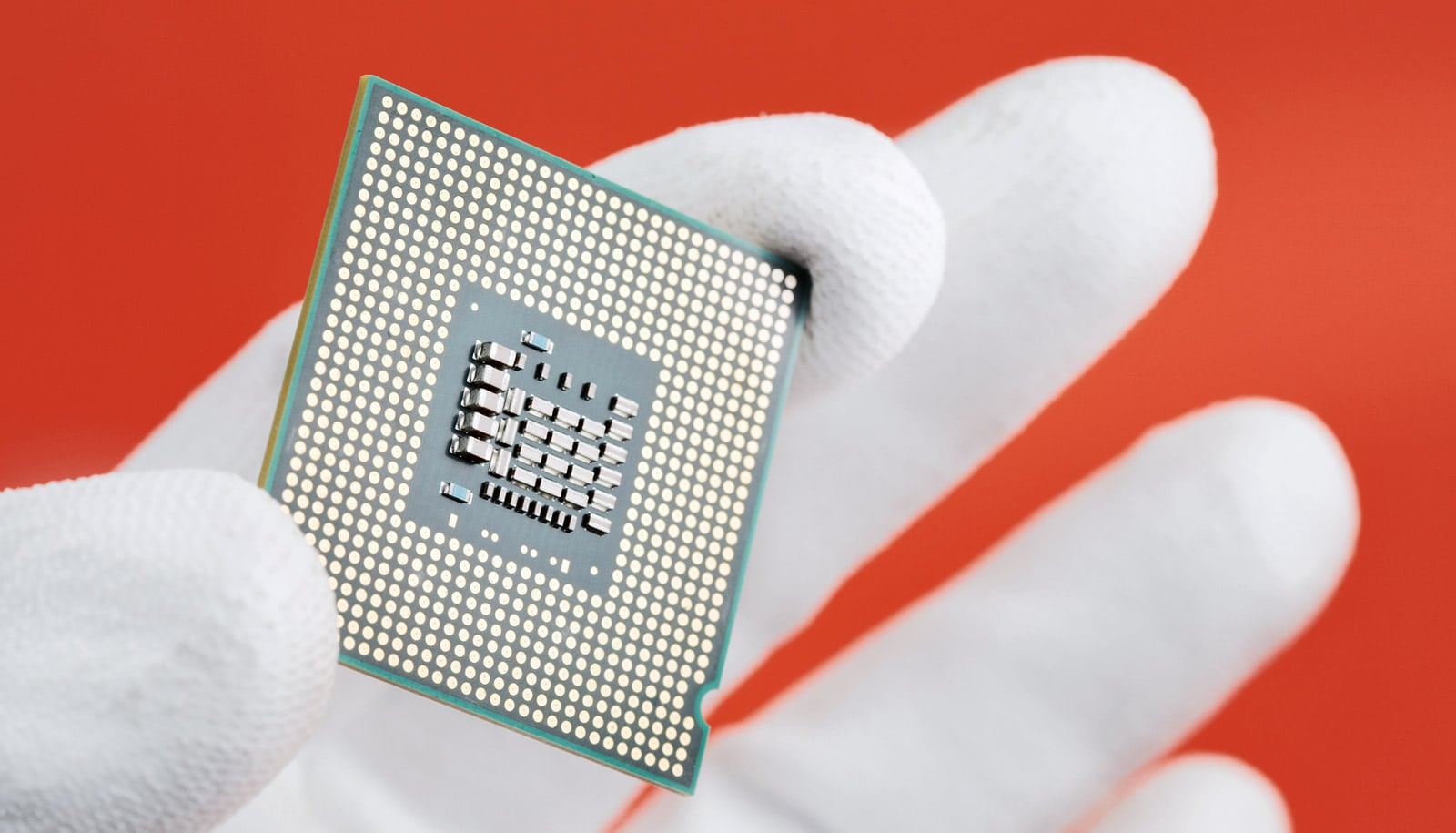A new magnetic device can manipulate digital information 20 times more efficiently and with 10 times more stability than commercial spintronic digital memories, say researchers.
The spintronic memory device, which employs ferrimagnets, has the potential to accelerate the commercial growth of spin-based memory.
“Our discovery could provide a new device platform to the spintronic industry, which at present struggles with issues around instability and scalability due to the thin magnetic elements that are used,” says Yang Hyunsoo, associate professor from the electrical and computer engineering department at the National University of Singapore, who spearheaded the project.
More data requires better memory
Digital information is being generated in unprecedented amounts all over the world, and as a result there’s an increasing demand for low-cost, low-power, highly-stable, and highly-scalable memory and computing products. One way to achieve this is with new spintronic materials, which use up or down magnetic states of tiny magnets to store digital data.
While existing spintronic memory products based on ferromagnets succeed in meeting some of these demands, they are still very costly due to scalability and stability issues.
“Ferromagnet-based memories cannot be grown beyond a few nanometers thick as their writing efficiency decays exponentially with increasing thickness. This thickness range is insufficient to ensure the stability of stored digital data against normal temperature variations,” says Yu Jiawei, who contributed to the project while pursuing her doctoral studies at NUS.
To address these challenges, the team fabricated a magnetic memory device using an interesting class of magnetic material—ferrimagnets. Crucially, they discovered that they could grow ferrimagnetic materials 10 times thicker without compromising on the overall data writing efficiency.
“The spin of the current carrying electrons, which basically represents the data you want to write, experiences minimal resistance in ferrimagnets. Imagine the difference in efficiency when you drive your car on an eight lane highway compared to a narrow city lane. While a ferromagnet is like a city street for an electron’s spin, a ferrimagnet is a welcoming freeway where its spin or the underlying information can survive for a very long distance,” says Rahul Mishra, a current doctoral candidate with the group who was part of the research team.
Using an electronic current, the researchers were able to write information in a ferrimagnet memory element which was 10 times more stable and 20 times more efficient than a ferromagnet.
Ferrimagnets make the difference
To make this discovery, the researchers took advantage of the unique atomic arrangement in ferrimagnets.
“In ferrimagnets, the neighboring atomic magnets are opposite to each other. The disturbance caused by one atom to an incoming spin is compensated by the next one, and as a result information travels faster and further with less power. We hope that the computing and storage industry can take advantage of our invention to improve the performance and data retention capabilities of emerging spin memories,” says Yang.
The researchers now plan to look into the data writing and reading speed of their device. They expect that the distinctive atomic properties of their device will also result in its ultrafast performance. In addition, they are also planning to collaborate with industry partners to accelerate the commercial translation of their discovery.
A paper on the device appears in the journal Nature Materials. Researchers from Toyota Technological Institute in Nagoya and Korea University in Seoul also contributed to the project.
Source: National University of Singapore



